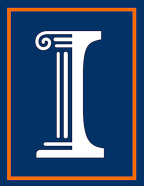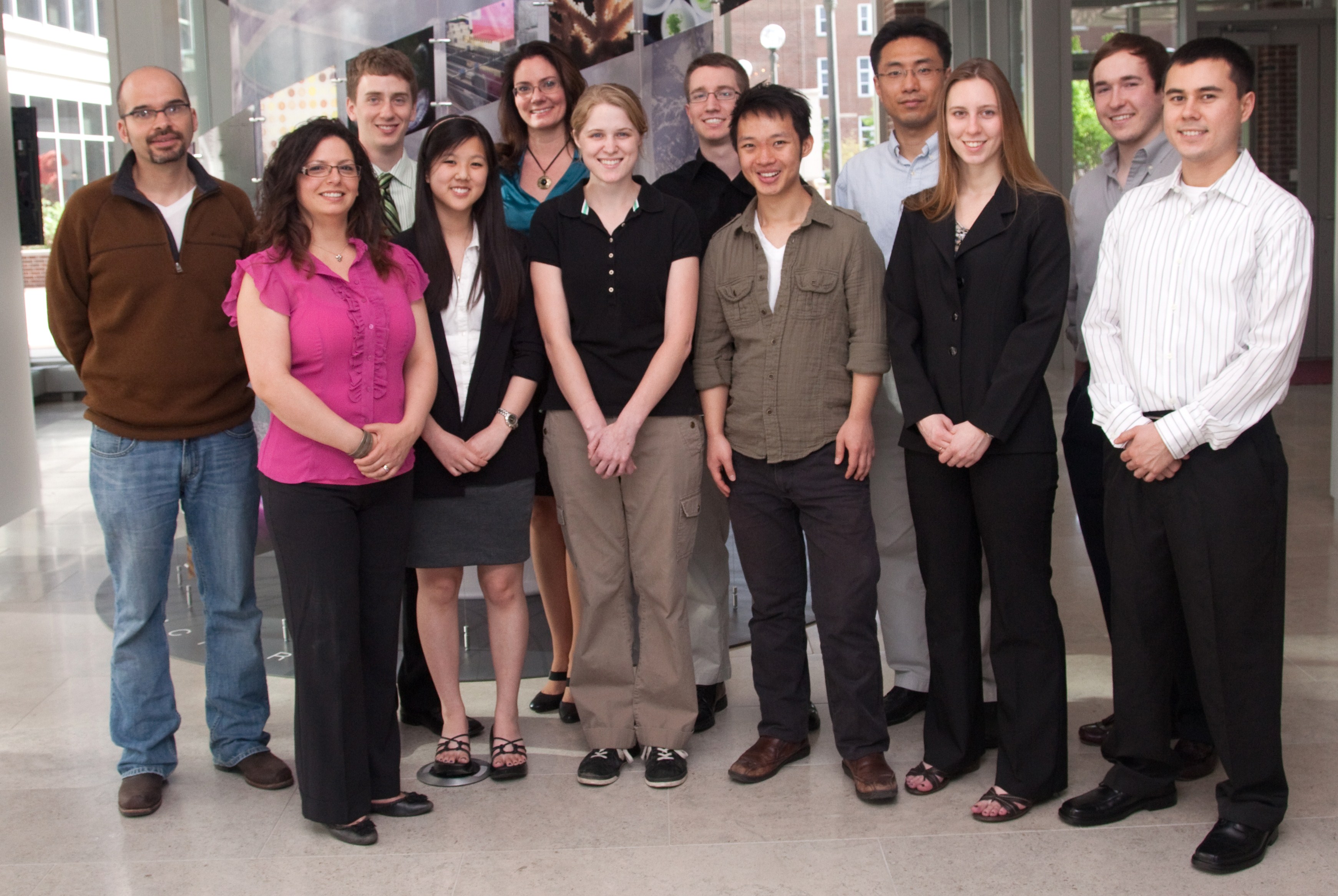Team:UIUC-Illinois/Project
From 2010.igem.org
(Difference between revisions)
(Prototype team page) |
|||
| Line 2: | Line 2: | ||
<html> | <html> | ||
| - | <div id="box" style="width: 700px; margin-left: 137px; padding: 5px; border: 3px solid # | + | <div id="box" style="width: 700px; margin-left: 137px; padding: 5px; border: 3px solid #0000FF; background-color: #0000FF;"> |
| - | <div id="template" style="text-align: center; font-weight: bold; font-size: large; color | + | <div id="template" style="text-align: center; font-weight: bold; font-size: large; color#B0E0E6; padding: 5px;"> |
| - | + | CHECK OUT OUR PROJECT!!! | |
</div> | </div> | ||
| - | <div id="instructions" style="text-align: center; font-weight: normal; font-size: small; color: # | + | <div id="instructions" style="text-align: center; font-weight: normal; font-size: small; color: #B0E0E6; padding: 5px;"> |
| - | + | The 2010 Illinois iGEM Bioware team project involves the construction of a biological system that functions as a decoding nanofabricator. As a continuation of the previous Illinois iGEM Bioware project: The Bacterial Decoder, the decoding bionanofabricator will produce specifically structured, purified, metallic ores depending on the presence of metals in its environment. This system will also possess the capacity to produce metal alloys by analyzing the presence and combination of specific metals in the environment. This system will take advantage of metal-respiring and metal detoxifying microbes that possess the ability to reduce metals as terminal electron acceptors and/or reduce toxic forms of metals into insoluble, harmless forms. The decoding nanofabricator will emphasize the capacity of information processing in biological systems to perform human-define tasks in industrial, manufacturing, computing, and environmental applications. | |
| - | + | ||
| - | + | ||
| - | + | ||
</div> | </div> | ||
</div> | </div> | ||
Revision as of 21:02, 22 May 2010
CHECK OUT OUR PROJECT!!!
The 2010 Illinois iGEM Bioware team project involves the construction of a biological system that functions as a decoding nanofabricator. As a continuation of the previous Illinois iGEM Bioware project: The Bacterial Decoder, the decoding bionanofabricator will produce specifically structured, purified, metallic ores depending on the presence of metals in its environment. This system will also possess the capacity to produce metal alloys by analyzing the presence and combination of specific metals in the environment. This system will take advantage of metal-respiring and metal detoxifying microbes that possess the ability to reduce metals as terminal electron acceptors and/or reduce toxic forms of metals into insoluble, harmless forms. The decoding nanofabricator will emphasize the capacity of information processing in biological systems to perform human-define tasks in industrial, manufacturing, computing, and environmental applications.
| You can write a background of your team here. Give us a background of your team, the members, etc. Or tell us more about something of your choosing. | |
|
Tell us more about your project. Give us background. Use this is the abstract of your project. Be descriptive but concise (1-2 paragraphs) | |
| Team Example |
| Home | Team | Official Team Profile | Project | Parts Submitted to the Registry | Modeling | Notebook | Safety |
|---|
Contents |
Overall project
Your abstract
 "
"

